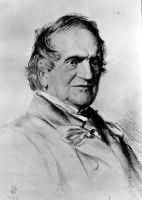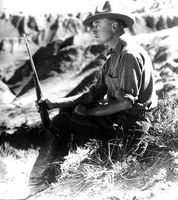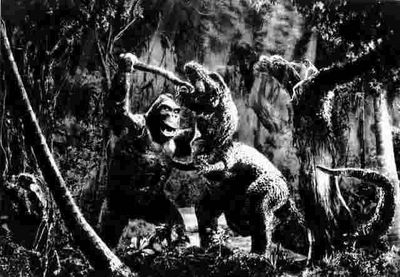New research shows that rock formations roughly along the same Canada-US political boundary formed as early as 120 million years ago.Andrew Leier set out to prove what he thought was the obvious: because the mountains are continuous between the U.S. and Canada, the ancient river systems that flowed from these uplands were likely interconnected. In other words, during Cretaceous Period, 120 million years ago, rivers should have flowed north and south between the countries, paying no mind to the modern day political border.
Zircon found in sandstones helped the researchers locate where the sediments had originally formed. Knowing its current location, Leier was able to determine just how far the rivers moved it and the direction from which it came.
During the Cretaceous Period, mountains were being created all along western North America, in both Canada and the United States.
"I thought the sediment transported by ancient rivers in Montana and Utah would flow out of the mountain ranges and then north into Alberta. This is similar with how the Ganges River runs parallel to the Himalayas. Our research shows this wasn't the case," says Leier.
"Cretaceous sediment in the United States have a clear American signature; whereas those in the Canadian Rockies have a different and definable Canadian signature," says Leier.
"The demarcation is pretty much coincidental with the modern day border."
Also the implication of the data suggests that the rivers that flowed west to east from the mountains in the United States stayed in the United States, and those in Canada stayed in Canada.
"In other words, there is no evidence that rivers in western North America were crossing what is today the border," says Leier. link
































